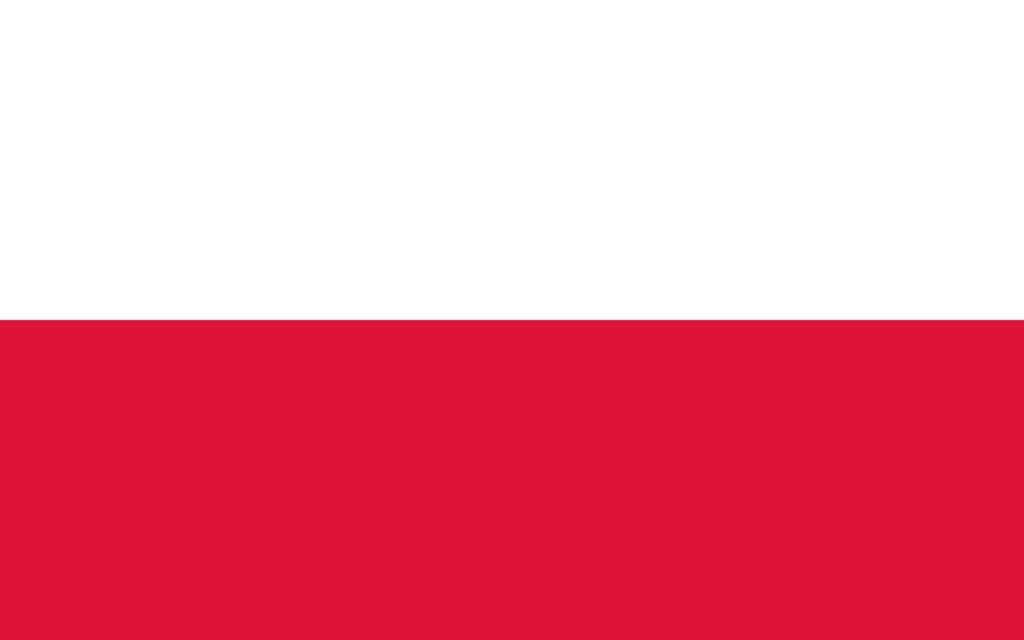The appearance captured in the photo does not deceive, this really is a colourful character that matches perfectly the look. He was born into a rich, art loving family, nevertheless he soon left home only to live a life of a genuine artistic bohemia. He started his career twice. Once in Holland where he escaped to WW1, where he achieved fame, and built a house for his family following his own design; then, for the second time and almost right from the beginning, in his homeland, Belgium. He gained greatest popularity very likely as an author of the first Flemish youth comic, although its sharp, fully comprehended mostly by the grown-ups, contents were far from didacticism; furthermore, pants, among others, were sketched in his characters in the following editions. Despite his origins, he used to be involved in socialist journals where his political and social satire in cartoons was one of the most mordant. It was not only once, when his best friend, co-author of comics (his texts were equally controversial as drawings, editor of the aforementioned magazines, writer, A. M. de Jong had to heal arguments and soften uproars… When Hitler gained power both the authors set off for a real crusade against him, which cost De Jong his life. Van Raemdonck was not only an extremely hard working cartoonist, but also a highly educated and renown, judging by his talent, portrait painter – the profession he appreciated most. He would draw mainly at nights, whereas during the daytime he used to read newspapers and books, work in the garden and meet his friends. In a small town of Boechout (near Antwerp), where he settled down in 1947, he became one of its most prominent citizens, and felt excellent. In the evenings in a pub in the street he lived in he would drink beer and draw on beer coasters countless caricatures of the pub frequent visitors. The cartoons have decorated the pub walls till today. Bulletje and Boonestaak – based on the contrast between two figures, a bit Laurel and Hardy alike, yet far more nasty – emerge from a memorial in the park named after him, and since 1986 every three years European cartoonists compete here with each other. It happens thanks to Ronald Vanoystayen just to commemorate George van Raemdonck forever.
The exhibition in the Satyrykon Gallery is very interesting as it shows the very beginnings and not the best known, easily available works. Starting with his first political cartoon, which 26-year-old Van Raemdonck published in “Amsterdammer” in 1914, we can see the first four years before he became really famous. Obviously enough, at that time he was focused on war issues mostly. At first, introducing his clear viewpoint as “a Belgian artist” and a refugee, he would present ambivalence of neutrality to neutral Holland. Later on, as George van Raemdonck himself, made comments on the war danse macabre and international situation. He did not omit Polish drive to regain the independence – the considerations over the Polish crown shown from the Flemish perspective are surprising indeed…
A part of the audience may associate the exhibition with “Le Mot” covers presented at the Satyrykon Gallery last year, and this will rouse appetite for continuation of the topic which seems to be up-to-date considering the centennial of WW1 outbreak. Taking similarities of magazine conventions of those times into consideration, we can still find some differences. According to Ronald Vanoystaeyen, Van Raemdonck’s cartoons of those years may seem old-fashioned, nevertheless they will always fascinate with their extreme care for details, which care attracts in this way and rouses more and more admiration while looking at these cartoons. There will definitely be quite a few of us who will have a sigh thinking about the times when this was how daily press illustration used to look like. A skilled eye will also notice the moments when the artist had not much time, as these moments are equally interesting.
Beata Adamek
Translation Anita Wincencjusz-Patyna

